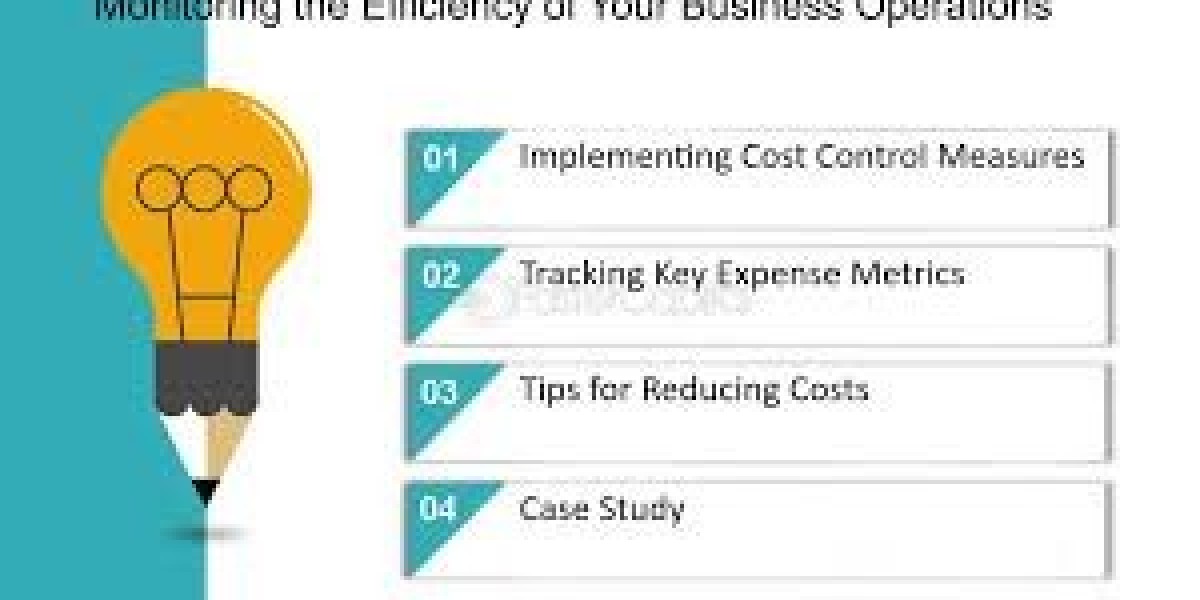VAT (Value-Added Tax) returns are more than just a compliance requirement—they are a vital tool for assessing and improving your business performance. By analyzing VAT returns, businesses can gain key insights into their financial health, identify trends, and make informed decisions. Here's how VAT returns contribute to evaluating your business performance.
Understanding Revenue Streams
Your VAT returns provide a clear record of your sales revenue. Since VAT is calculated as a percentage of taxable sales, your VAT returns reflect the total turnover of your business within a given period. Monitoring these figures allows you to:
- Track revenue growth or decline over time.
- Identify seasonal sales patterns.
- Spot underperforming products or services.
By comparing VAT returns across periods, you can pinpoint which areas of your business are thriving and which may need strategic changes.
Expense Tracking Through Input VAT
VAT returns also reveal your input VAT—the VAT paid on purchases and expenses. This component highlights how much you’re spending to run your business, including costs for:
- Raw materials and inventory.
- Operational supplies and services.
- Capital investments like equipment or technology.
Reviewing input VAT trends helps you assess whether your expenses are proportional to your revenue. Excessive input VAT compared to output VAT might indicate inefficiencies or unnecessary spending.
Cash Flow Management Insights
VAT returns influence your cash flow in two critical ways:
- VAT Payments: If output VAT exceeds input VAT, you owe the difference to HMRC.
- VAT Refunds: If input VAT surpasses output VAT, you can claim a refund.
Monitoring your VAT obligations helps you anticipate upcoming payments or refunds and manage your cash flow effectively. Businesses with poor cash flow often struggle to meet VAT deadlines, leading to penalties.
Assessing Profit Margins
While VAT doesn’t directly measure profit, analyzing VAT returns can indirectly reveal profit trends. A consistent increase in output VAT without a corresponding rise in input VAT suggests improving profit margins. Conversely, high input VAT relative to output VAT could indicate shrinking margins.
Detecting Compliance and Operational Gaps
Accurate VAT returns depend on robust financial records. Inconsistencies or errors in VAT filings often point to broader issues in your record-keeping or accounting practices. By addressing these gaps, you can improve operational efficiency and avoid penalties.
Supporting Strategic Business Decisions
VAT return data can guide strategic decisions such as:
- Scaling Operations: Increased output VAT suggests growth opportunities, while higher input VAT might reflect rising operational costs.
- Pricing Adjustments: Reviewing VAT on sales can help you evaluate if your pricing strategy is competitive and profitable.
- Expanding Markets: VAT trends might highlight untapped markets or regions based on sales patterns.
Preparing for Audits and Business Valuations
A history of accurate VAT returns demonstrates your business's financial transparency and stability. This is especially important when:
- Applying for loans or grants.
- Attracting investors.
- Preparing for a potential sale or merger.
Auditors and stakeholders often examine VAT returns to validate your financial statements and performance metrics.
Tips for Using VAT Returns to Boost Performance
- Maintain Accurate Records: Regularly reconcile sales and purchase invoices with your VAT returns.
- Use Digital Tools: Invest in VAT-compliant accounting software for accurate calculations and timely submissions.
- Review Periodically: Compare VAT returns across multiple periods to spot trends and anomalies.
- Consult Professionals: Work with accountants or VAT specialists to interpret data and optimize your performance.
Conclusion
VAT returns are more than a regulatory obligation—they’re a financial diagnostic tool. By analyzing your VAT returns, you gain valuable insights into your revenue, expenses, and cash flow, which can inform strategic decisions and improve business performance. Treating VAT returns as a part of your financial strategy rather than a mere compliance task can give your business a competitive edge.
FAQs
How often should I review my VAT returns for performance analysis?
Review your VAT returns quarterly or monthly, depending on your filing frequency, to stay on top of trends and financial health.
Can VAT returns help me identify areas for cost reduction?
Yes, input VAT trends highlight major expenses, helping you identify and control unnecessary spending.
Should I hire a professional for VAT analysis?
If your VAT returns are complex or you lack expertise, a professional accountant can provide detailed insights and ensure compliance.
How do VAT refunds impact my cash flow?
VAT refunds boost cash flow, providing additional liquidity that can be reinvested into your business.
What tools can help streamline VAT returns?
Accounting software like QuickBooks, Xero, or Sage simplifies VAT calculations, record-keeping, and filing.










